Sometimes based on the properties of the image's pixels, image segmentation is a widely used method in digital image processing and analysis to divide an image into various portions or areas.
Object detection and image localization are concepts that you have undoubtedly heard of. We utilize the image localization approach to construct a bounding box around a single item when it appears in an image. When it comes to object detection, it offers labels in addition to the bounding boxes, allowing us to forecast both the position and the class that each item belongs to.
A further development of the idea of Object Detection, image segmentation provides more detailed information about an image's geometry. In order to identify one thing from another at a finer level, we segment, or divide the pictures into sections of distinct colours.
The top 5 image segmentation projects for students to learn from and put their talents to the test are as follows:
1. Clustering Based Blood Smear Image Segmentation Techniques
This study evaluates a variety of currently used clustering-based picture segmentation techniques. Image segmentation is the process of removing useful information from a picture, such as finding things as you walk around a scene or searching for anomalies in photos of the body taken for medical purposes.
As picture pixels are frequently unlabelled, clustering is a popular technique for their analysis. The K-Means Clustering based, Watershed based, Edge based, and region-based segmentation methods, as well as all other significant clustering algorithms, have all been examined in this study. The accuracy of each method accuracy is evaluated in relation to that of other methods already in use.
You may develop a successful image segmentation career by producing high-quality image segmentation projects. It is used for numerous real-world tasks, including as face identification and recognition for autonomous cars, medical image analysis, satellite image analysis, and computer vision for autonomous vehicles.
2. Segmentation and Classification of Melanoma Skin Cancer using Deep Learning Techniques
The uncontrolled proliferation of unusual skin cells is referred to as skin cancer in this study. It takes place when unfixed DNA damage to skin cells causes mutations, or genetic flaws, that cause the skin cells to proliferate quickly and develop into cancerous tumours. By analysing how the damaged region on the skin looks, image processing is a popular technique for skin cancer screening.
This study’s overarching goal is to interpret medical pictures while implementing emergency assistance solutions that are affordable. which are derived using MATLAB from skin cancer photos with the goal of creating diagnostic algorithms that might enhance triage procedures in the emergency room.
CNN (i.e., Convolutional Neural Networks) will be used in this effort to categorise skin cancer. It has been demonstrated through experimentation that this model outperforms the machine learning approach known as the SVM (i.e., Support Vector Machine) feature classifier. In regard to the categorization of skin cancer, this technique is more effective.
You may develop a successful image segmentation career by producing high-quality image segmentation projects. It is used for numerous real-world tasks, including as face identification and recognition for autonomous cars, medical image analysis, satellite image analysis, and computer vision for autonomous vehicles.
3. Texture Based Image Segmentation Using Image Processing Techniques
As part of texture analysis, texture segmentation is essential. Its objective is to dynamically identify the boundaries between several textured areas of a picture. In this study, we offer an approach for segmenting textured images using morphology.
Examining the local entropy of a grayscale image is the first important step that will be covered. Also, we manipulate texture picture morphologically. We then divide the textured border into a boundary line by determining the perimeters of the binary items.
You may develop a successful image segmentation career by producing high-quality image segmentation projects. It is used for numerous real-world tasks, including as face identification and recognition for autonomous cars, medical image analysis, satellite image analysis, and computer vision for autonomous vehicles.
4. Detection of Blood Cells in Human Blood Samples Using Microscopic Images
By applying image processing methods including contrast amplification, thresholding, and morphological procedures, among others, blood cell segmentation aims to separate aberrant or defective cells from a complicated backdrop and segment them into morphological components.
This model uses a proposed strategy that reduces noise and enhances visual segmentation. The suggested method is more efficient than all previous approaches since they all employed different segmentation strategies. You may use the Matlab environment to implement this job.
You may develop a successful image segmentation career by producing high-quality image segmentation projects. It is used for numerous real-world tasks, including as face identification and recognition for autonomous cars, medical image analysis, satellite image analysis, and computer vision for autonomous vehicles.
5. Weed Identification Using Deep Learning and Image Processing in Vegetable Plantation
Contrary to conventional approach, the unique approach presented in this work combines deep learning with imaging technologies. The YOLO v2 model was first taught to recognise and create boundary boxes for the plants surrounding it. The last of the green things then dropped like weeds from the border boxes.
Only the crops are detected in this method, preventing the handling of other weed species. The findings of this experiment show that it is possible to identify plants on the ground in vegetable plantations using the suggested strategy.
You may develop a successful image segmentation career by producing high-quality image segmentation projects. It is used for numerous real-world tasks, including as face identification and recognition for autonomous cars, medical image analysis, satellite image analysis, and computer vision for autonomous vehicles.
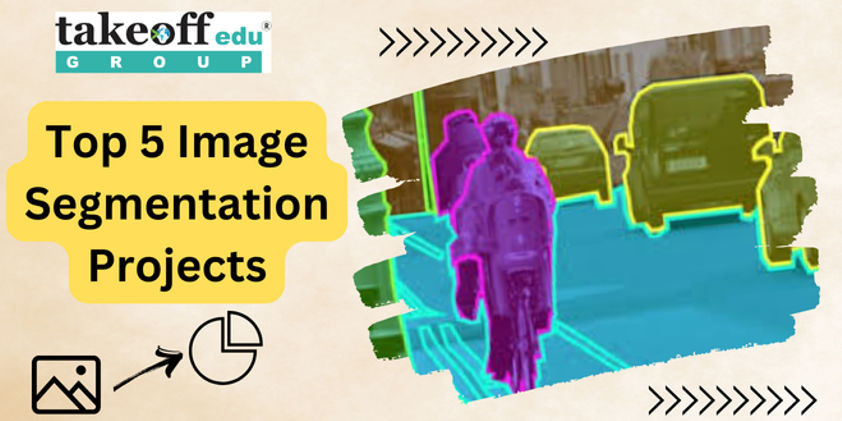
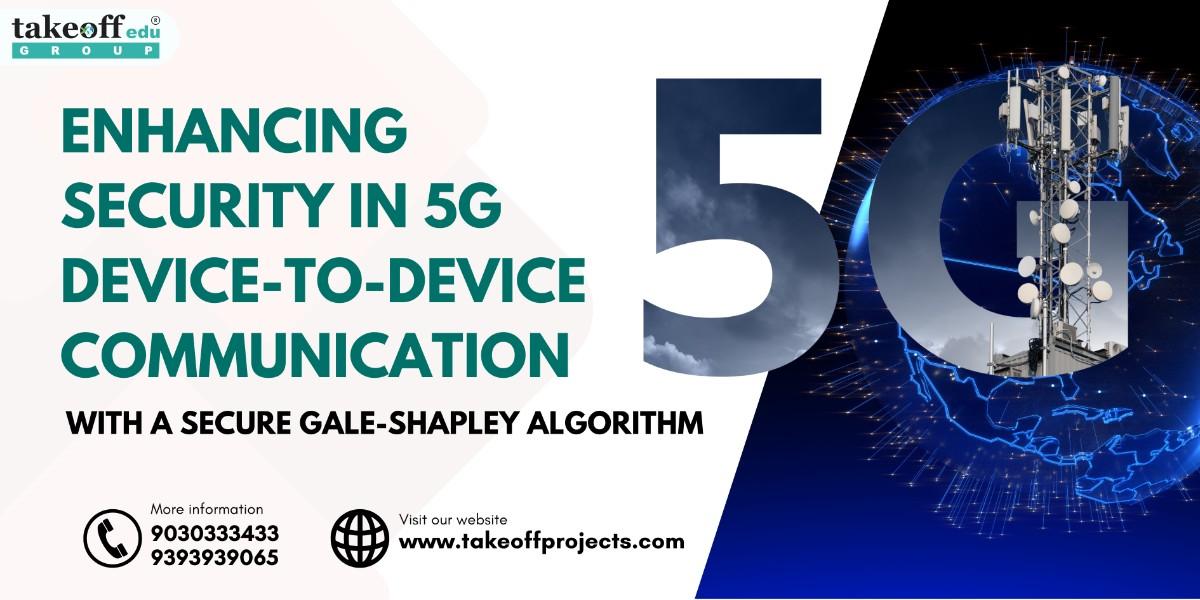 Enhancing Security in 5G Device-to-Device Communication with a Secure Gale-Shapley Algorithm
Enhancing Security in 5G Device-to-Device Communication with a Secure Gale-Shapley Algorithm 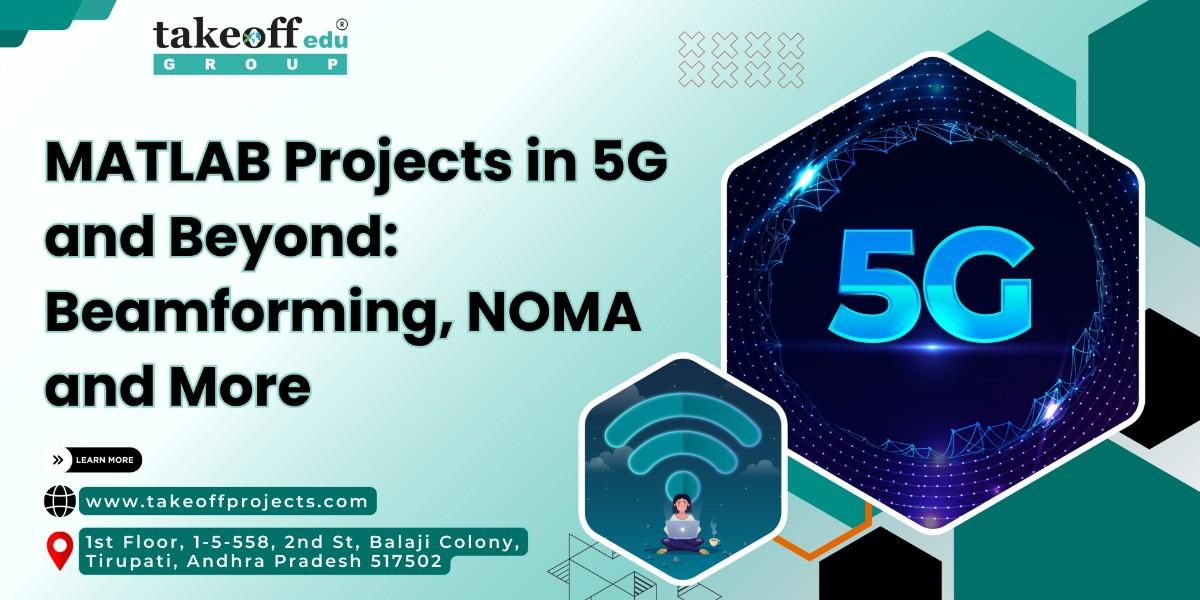 MATLAB Projects in 5G and Beyond: Beamforming, NOMA and More
MATLAB Projects in 5G and Beyond: Beamforming, NOMA and More  Design and Simulation of MIMO Systems Using MATLAB
Design and Simulation of MIMO Systems Using MATLAB 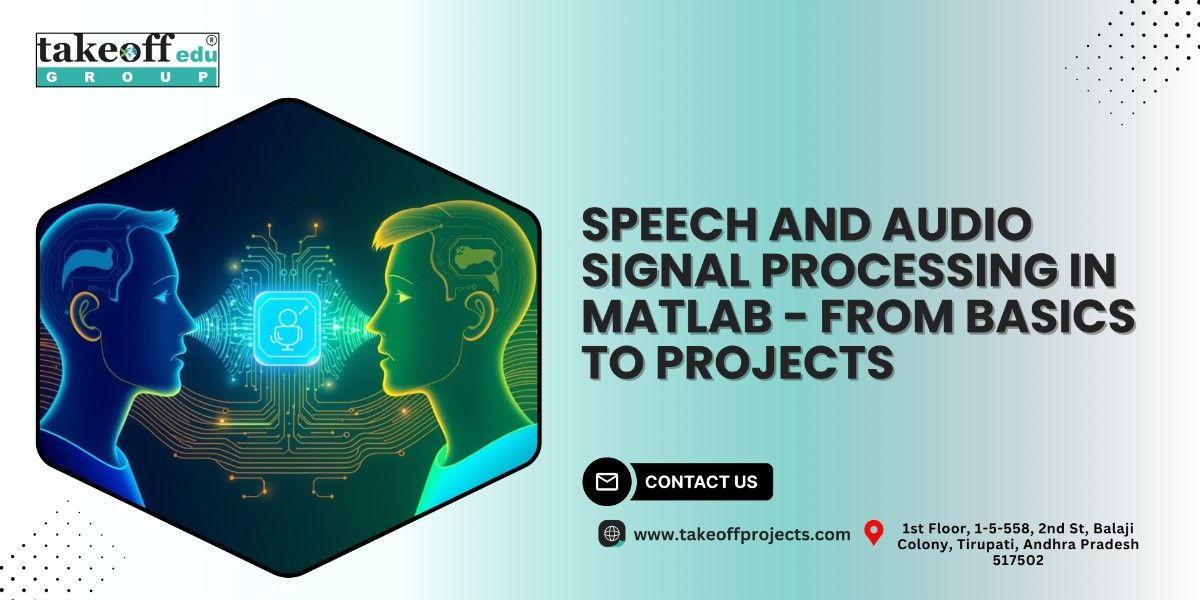 Speech and Audio Signal Processing in MATLAB: From Basics to Projects
Speech and Audio Signal Processing in MATLAB: From Basics to Projects 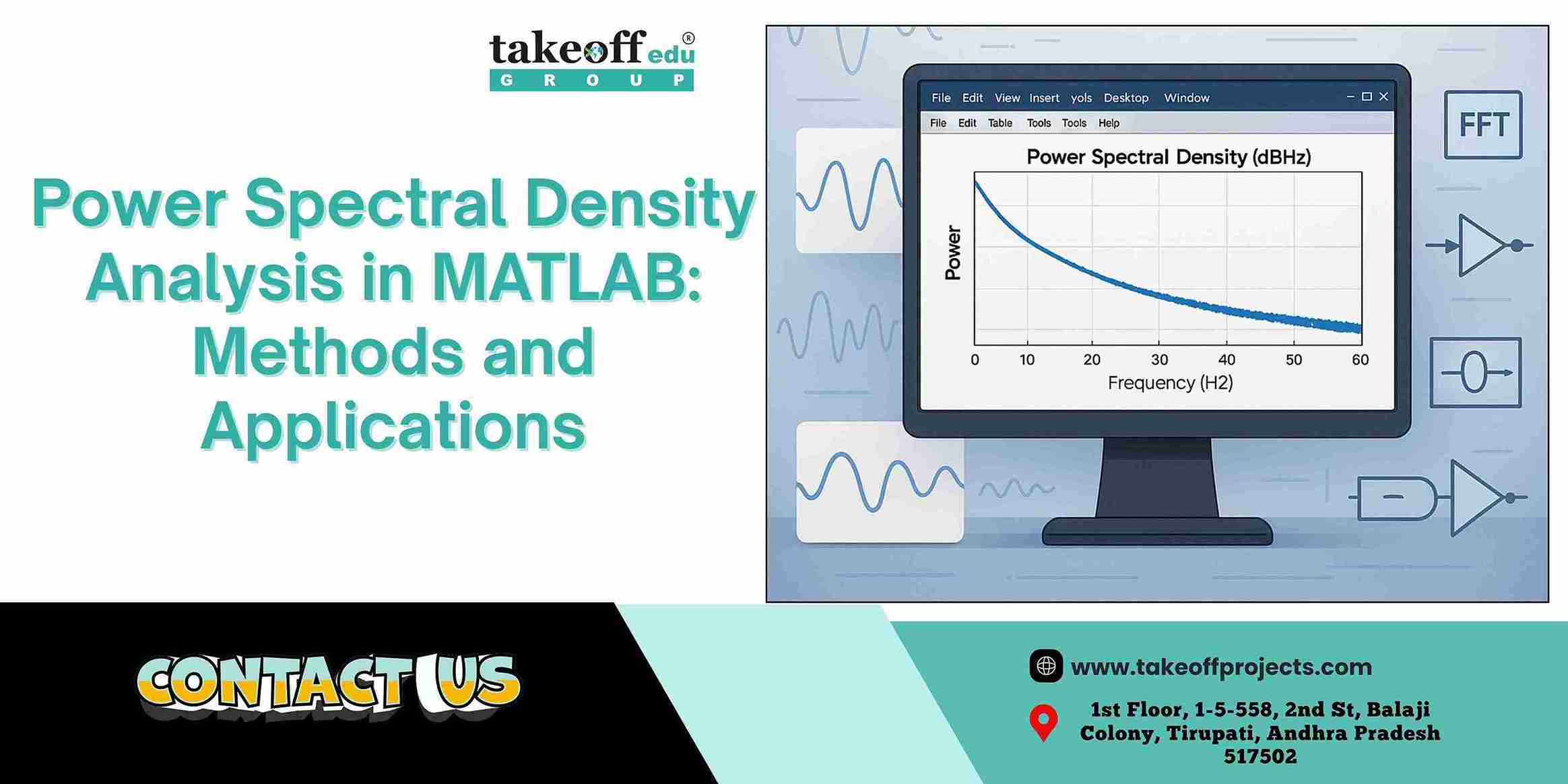 Power Spectral Density Analysis in MATLAB: Methods and Applications
Power Spectral Density Analysis in MATLAB: Methods and Applications 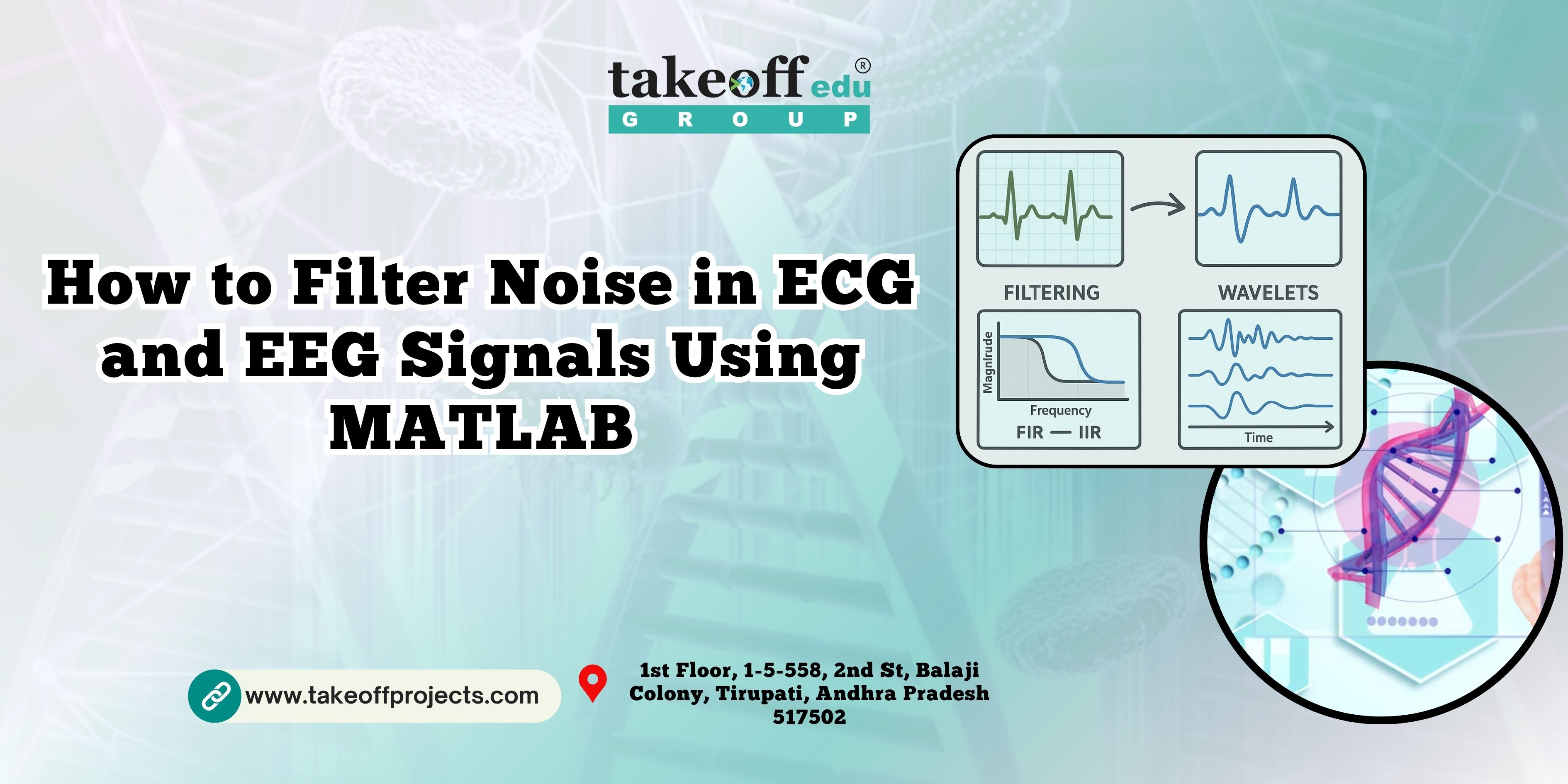 How to Filter Noise in ECG and EEG Signals Using MATLAB
How to Filter Noise in ECG and EEG Signals Using MATLAB 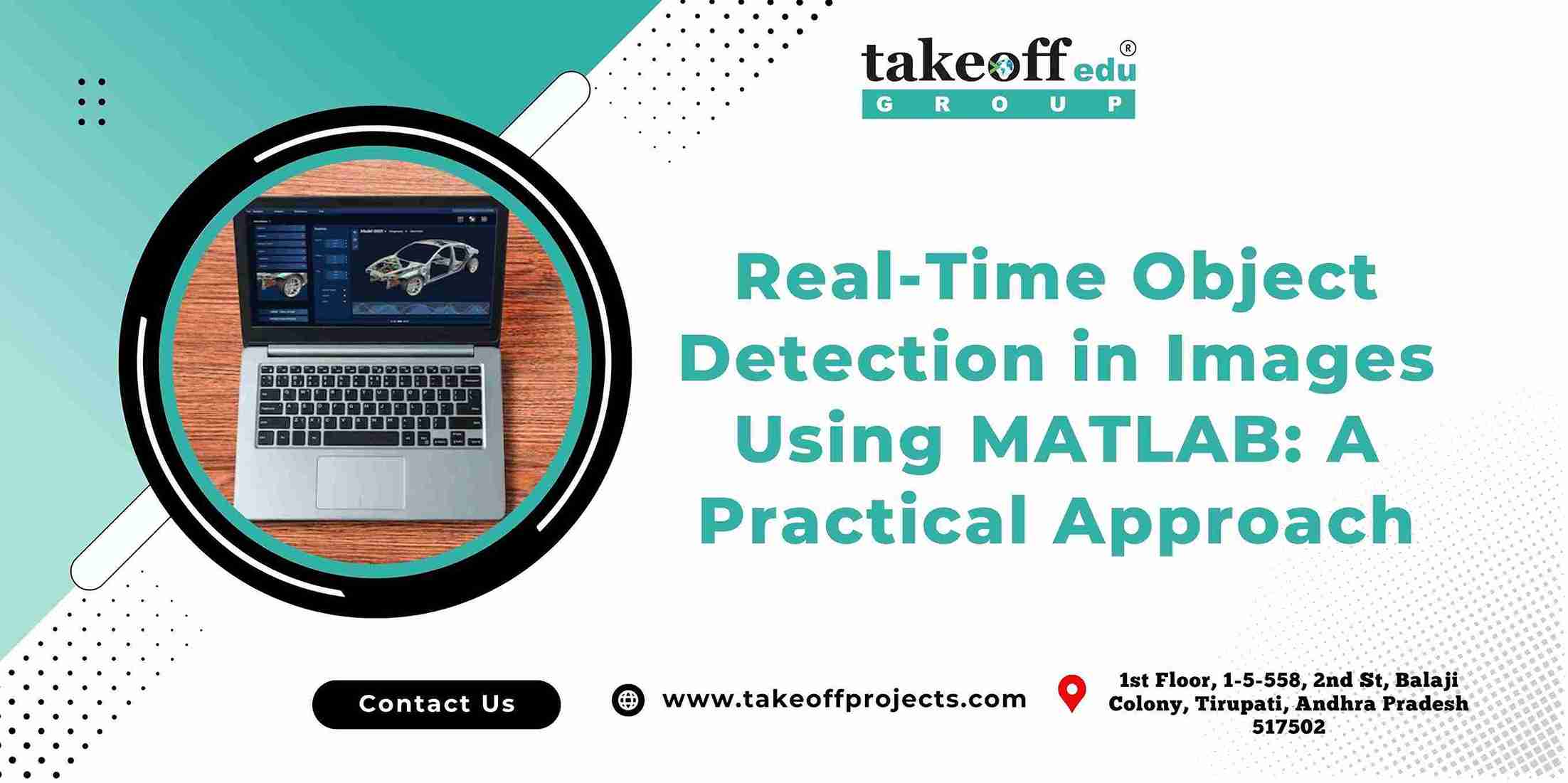 Real-Time Object Detection in Images Using MATLAB: A Practical Approach
Real-Time Object Detection in Images Using MATLAB: A Practical Approach 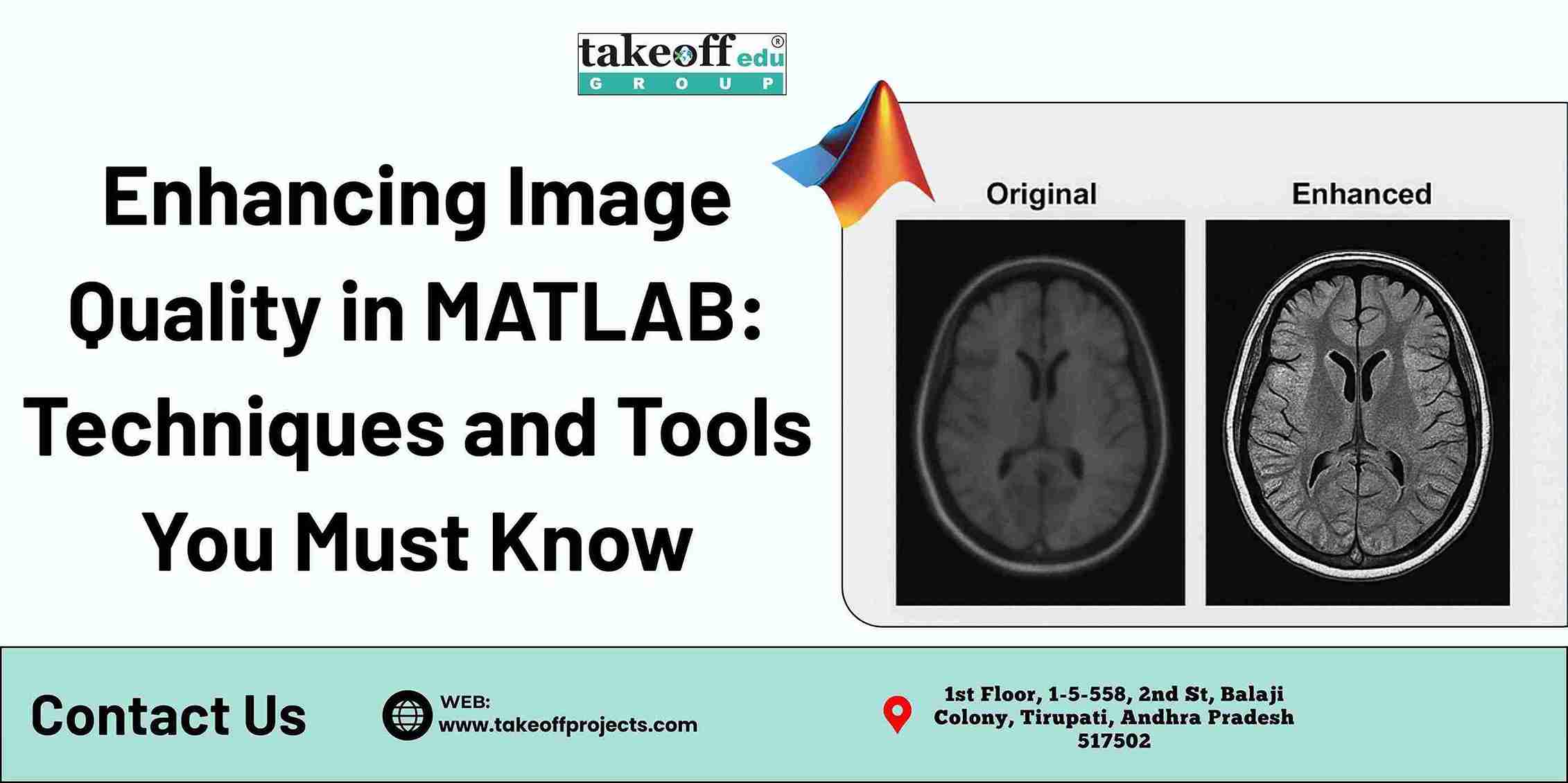 Enhancing Image Quality in MATLAB: Techniques and Tools You Must Know
Enhancing Image Quality in MATLAB: Techniques and Tools You Must Know 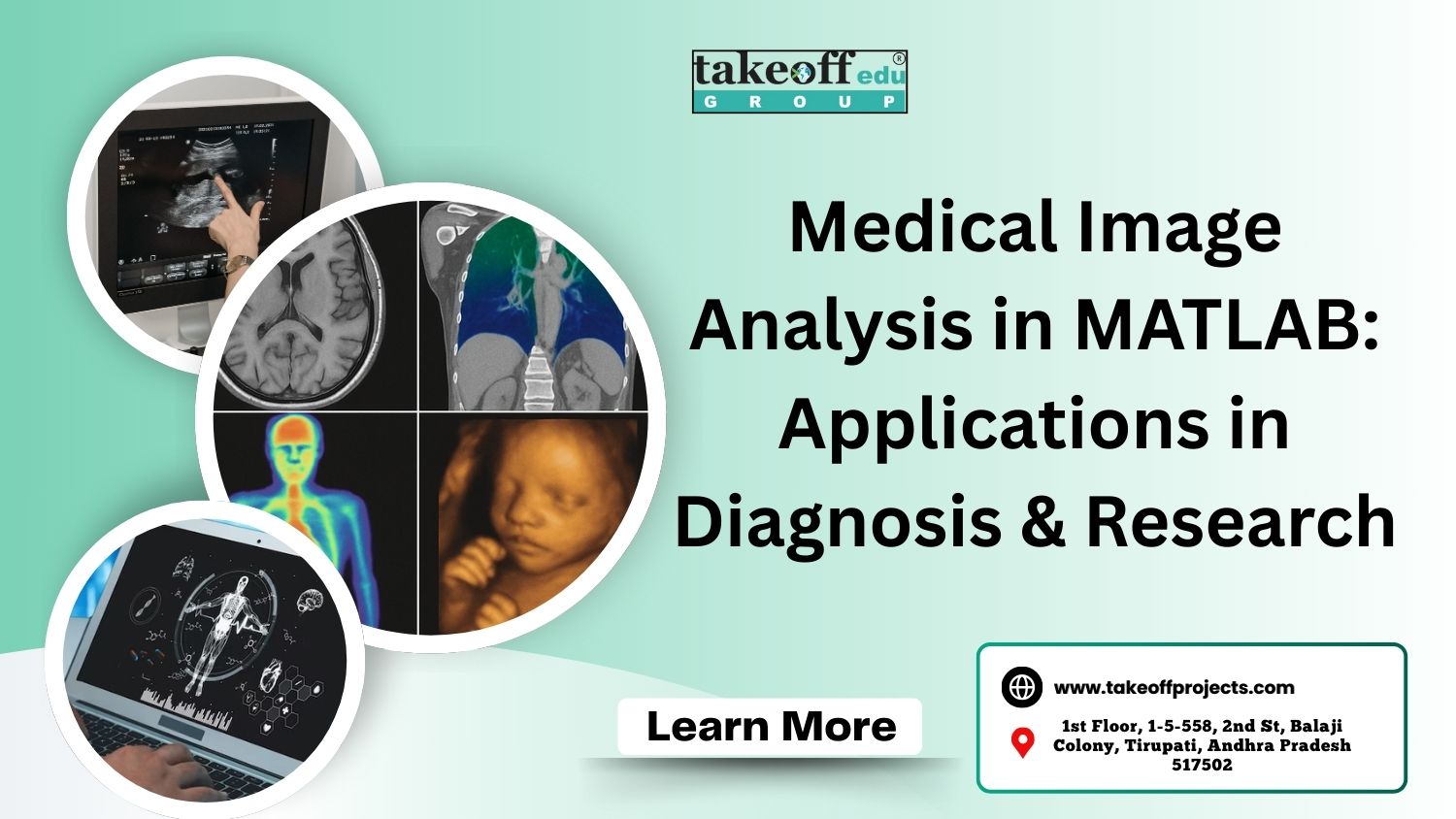 Medical Image Analysis in MATLAB: Applications in Diagnosis and Research
Medical Image Analysis in MATLAB: Applications in Diagnosis and Research  Top 5 Projects on 5G Networks
Top 5 Projects on 5G Networks  Top 5 Projects on Modulation Techniques
Top 5 Projects on Modulation Techniques  Top 7 Projects on MIMO Transmissions
Top 7 Projects on MIMO Transmissions  Top 5 Device to Device Communications Projects
Top 5 Device to Device Communications Projects 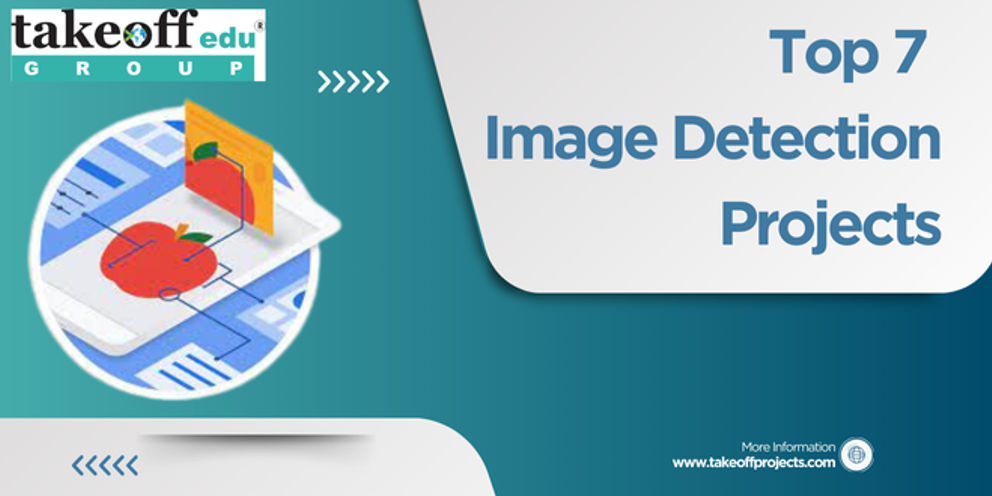 Top 7 Image Detection Projects
Top 7 Image Detection Projects 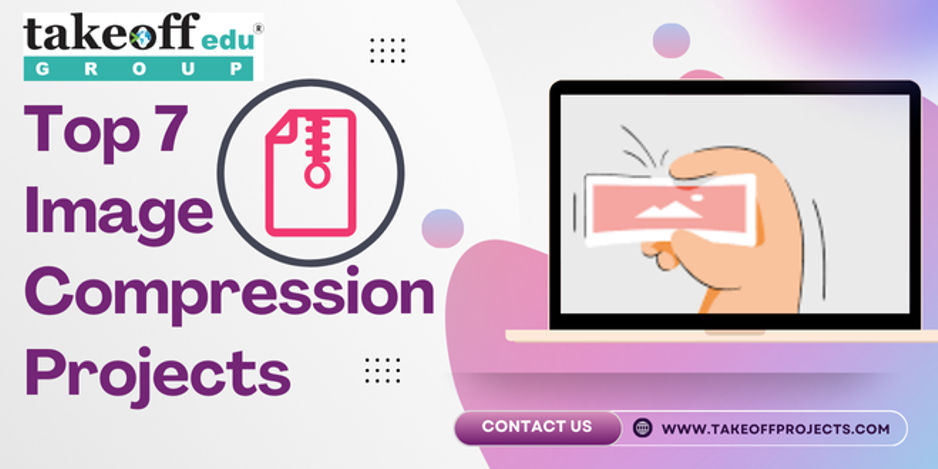 Top 7 Image Compression Projects
Top 7 Image Compression Projects  Top 5 Fusion and Saliency Projects
Top 5 Fusion and Saliency Projects 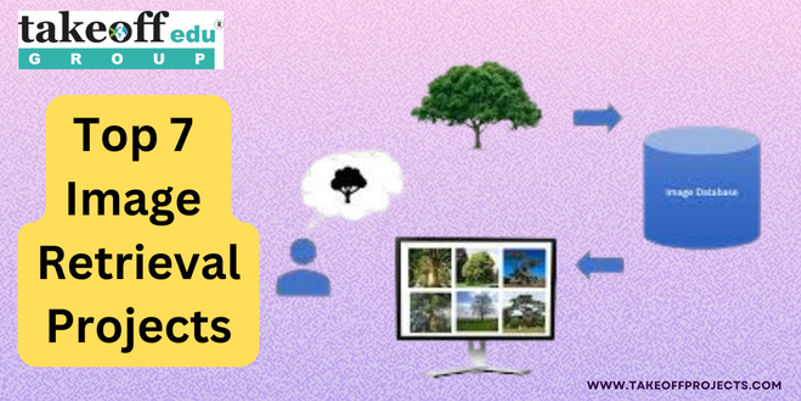 Top 7 Image Retrieval Projects
Top 7 Image Retrieval Projects 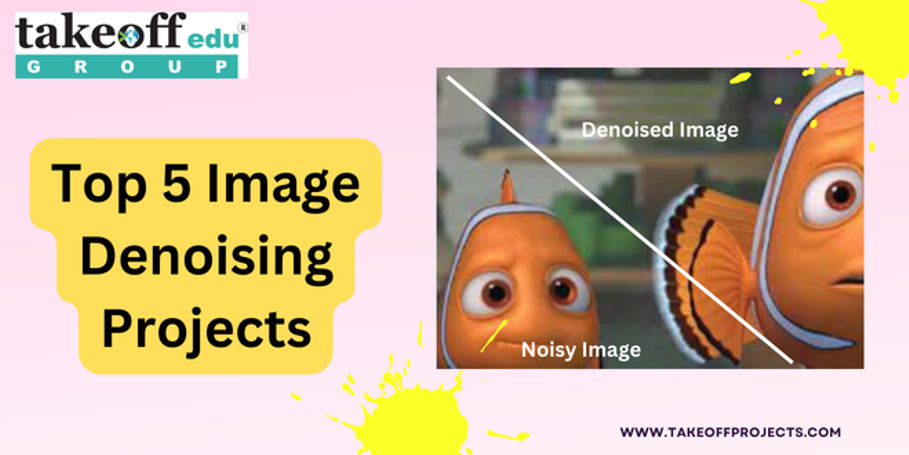 Top 5 Image Denoising Projects
Top 5 Image Denoising Projects  Top 7 Projects on Security Applications
Top 7 Projects on Security Applications 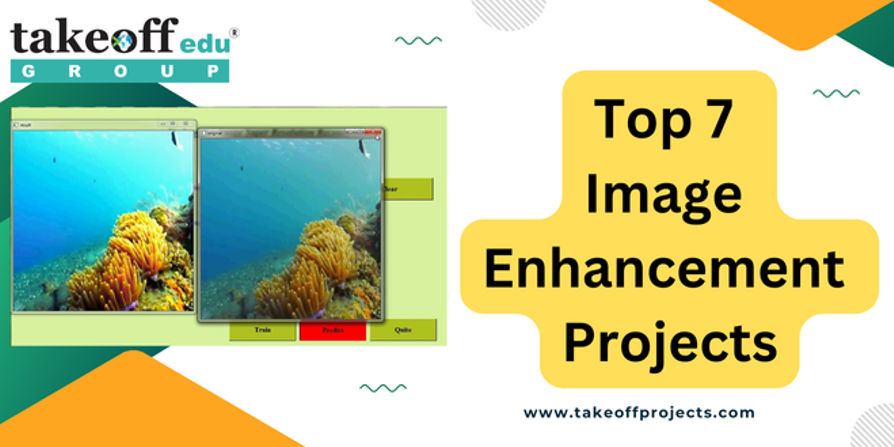 Top 7 Image Enhancement Projects
Top 7 Image Enhancement Projects 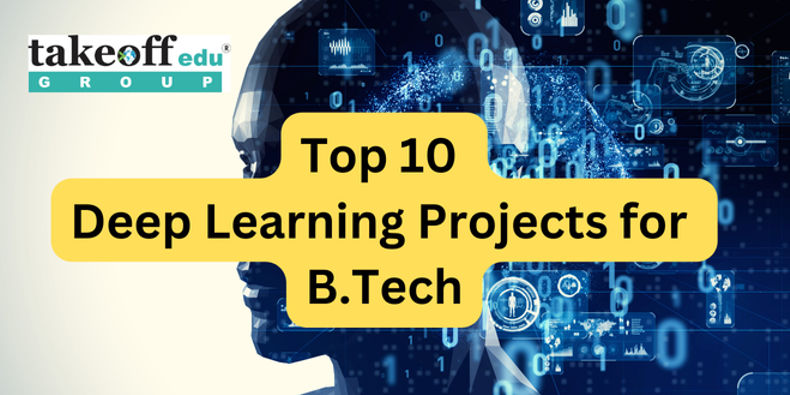 Top 10 Deep Learning Projects for B.Tech
Top 10 Deep Learning Projects for B.Tech  Top 5 Artificial Neural Network Projects
Top 5 Artificial Neural Network Projects 
 Paper Publishing
Paper Publishing


